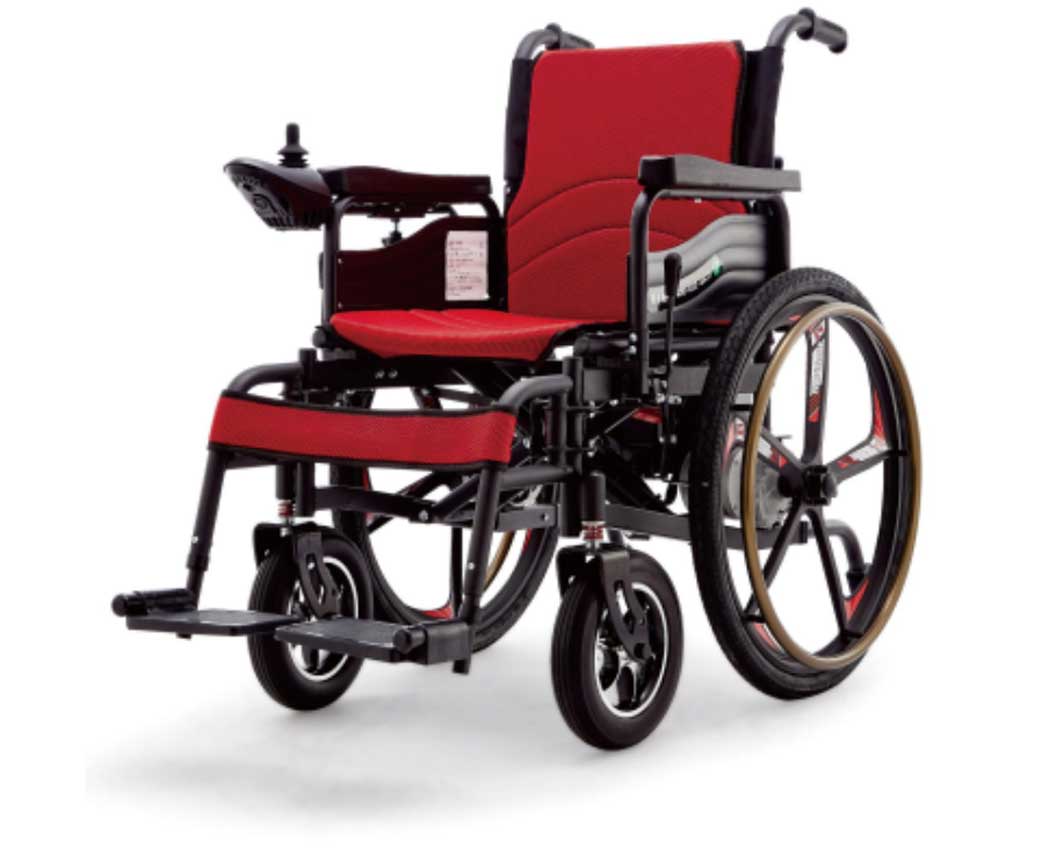Welcome to our websites!
tilt and recline manual wheelchair
Understanding Tilt and Recline Features in Manual Wheelchairs
Manual wheelchairs have evolved significantly over the years, and one of the most important advancements is the incorporation of tilt and recline features. These functionalities are crucial for enhancing the comfort and overall well-being of wheelchair users, especially for those who spend extended periods seated.
What Are Tilt and Recline Features?
Tilt refers to the ability to change the angle of the seat in relation to the backrest and the ground. When a wheelchair is tilted, the user's weight shifts more toward the back, which can help redistribute pressure, reduce the risk of pressure sores, and promote better circulation. Recline, on the other hand, allows the backrest of the wheelchair to move backward, providing users with a more relaxed position. This feature is particularly beneficial for resting, alleviating muscle tension, and decreasing the strain on the back.
Benefits of Tilt and Recline in Manual Wheelchairs
1. Pressure Relief One of the primary advantages of tilt and recline features is their ability to relieve pressure on certain areas of the body. By adjusting the position, users can avoid prolonged pressure on their skin, thereby reducing the risk of bedsores and other complications associated with immobility.
tilt and recline manual wheelchair

2. Improved Comfort Maintaining comfort is essential for wheelchair users, particularly during long periods of sitting. The ability to change positions can greatly enhance comfort levels, allowing users to find a suitable angle that relieves discomfort or fatigue.
3. Enhanced Posture Users can benefit from better posture management. The tilt and recline features can assist individuals in maintaining alignment and stability, essential for those with specific medical conditions.
4. Ease of Transfers Tilt can facilitate easier transfers into and out of the wheelchair. By adjusting the tilt angle, caregivers can help position users for smoother transitions, whether into a car or onto a different surface.
5. Available Accessories Many manual wheelchairs with tilt and recline features offer additional accessories such as headrests and lateral supports, which can further enhance comfort and stability.
Conclusion
The tilt and recline functionalities in manual wheelchairs significantly contribute to the health and comfort of users. They provide essential benefits, including pressure relief, improved posture, and enhanced overall well-being. For caregivers and users alike, understanding these features is crucial in choosing the right wheelchair to meet individual needs. As the demand for personalized mobility solutions continues to grow, the importance of such features will become increasingly evident in promoting the quality of life for wheelchair users.
-
Transforming Healthcare with Hospital FurnitureNewsJun.24,2025
-
Rehabilitation EquipmentNewsJun.24,2025
-
Mobility and Independence with WheelchairsNewsJun.24,2025
-
Freedom of Mobility with Our Rollator WalkersNewsJun.24,2025
-
Comfort and Independence with Commode ChairsNewsJun.24,2025
-
Bathing Safety and Independence with Shower ChairsNewsJun.24,2025
-
Navigating the Wholesale Landscape of Electric Mobility Solutions: Key Considerations for Power Wheelchair DealersNewsJun.10,2025











